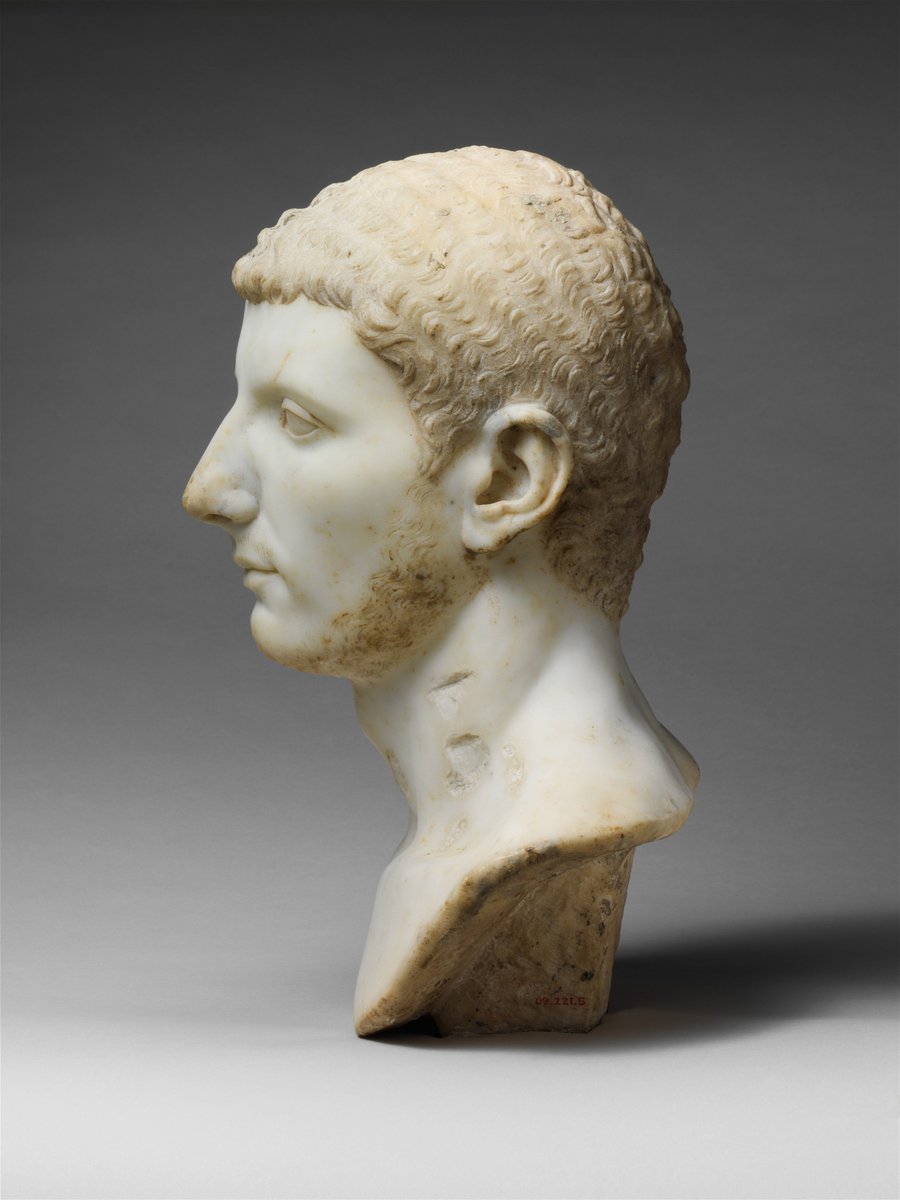

In this hairstyle, the hair at the top of the head is parted on both sides and combed into a roll or nodus over the forehead. “The so-called nodus coiffure began to be worn by women of the upper classes in about 40 B.C.
#Flavian portraiture free
The nodus that Livia wears carried over from the style of upper-class women of the Republic, but now it was also adopted by free women. Hairstyles of courtly women did not change in the revolutionary way that men’s had from Republican styles. In the long years of the Republic, only one woman… was voted a public statue in Rome.” Mirroring her husband, Livia is depicted as youthful and ageless in her portraiture. “Women’s depiction in public portraiture in the age of Augustus is in itself a striking and indeed almost shocking event. This was not only for identification purposes among his heirs it also became a tool used to associate themselves with Augustus’ accomplishments.Īugustus’ counterpart, and model of female portraiture, was Livia. The idealized style of portraiture he created was also used by every member of the Julio-Claudian dynasty.

These qualities all lend themselves to create a portrait of a fervent new emperor with the energy and vigor to run his vast empire. The wrinkles that came with age never made their way to any of his likenesses. “It is perhaps worth quoting the only description that we have of his physique, given us by Suetonius: ‘He was negligent of his personal appearance he cared so little about his hair that to save time he would have two or three barbers working on it together.’”īreaking with tradition, Augustus also chose to be portrayed as a youthful thirty-two-year-old emperor until he died. “The artistic advisers of the day skillfully played down his defects and stressed the qualities of his face: they made the eyes enormously large and impressive, arranged his hairstyle with care, and handled his features with great sensitivity.” This hairstyle was probably similar to what he naturally wore and not meticulously planned out. He did not have the wrinkles that come with age, that signified wisdom.Īugustus chose to represent himself with a short cap of comma-shaped curls. During the Republic, men of influence were men of age and experience, whose careworn features mirrored their lifelines.” Augustus faced the unusual problem of being a young man ruling in an age previously dominated by older men. “The portraits of Augustus are of considerable interest because they break completely in style and iconography with the portraits of the Republic. The position of first emperor meant setting the standard for a whole new movement of portraiture. Augustus (ruled 27 BC - 14 CE) came to power at the end of the Roman Republic during the height of Verism, extreme and strict realism. The first emperor of this new age and one that many would emulate was Augustus. “Materials for the study of the cult of Saint Agnes of Rome in Anglo-Saxon England: texts and interpretations.” (2008).The Augustan Age - aka the “Gold Standard” Milton Park, Abingdon, Oxon: Routledge, 2008. “The Dangers of Adornment.” Chapter in Dress and the Roman Woman: Self-Presentation and Society. London: Society for Promoting Christian Knowledge, 1897. The Fathers for English Readers: Saint Jerome. Women In Late Antiquity: Pagan and Christian Life-Styles. Oxford: Clarendon Press, 1993. “Roman Portraits: Honours, Empresses and Late Emperors.” Journal of Roman Studies 75 (1985): 209-21.


“Mode and Model in the Flavian Female Portrait.” American Journal of Archaeology 117, no. “Ancient Roman Hairdressing: On (hair)pins and Needles.” Journal of Roman Archaeology 21 (2008): 110-32. “Hair and the Artifice of Roman Female Adornment.” American Journal of Archaeology 105, no. “Symbolic Meanings of Hair in the Middle Ages.” Transactions of the Royal Historical Society 4 (1994): 43-60.


 0 kommentar(er)
0 kommentar(er)
